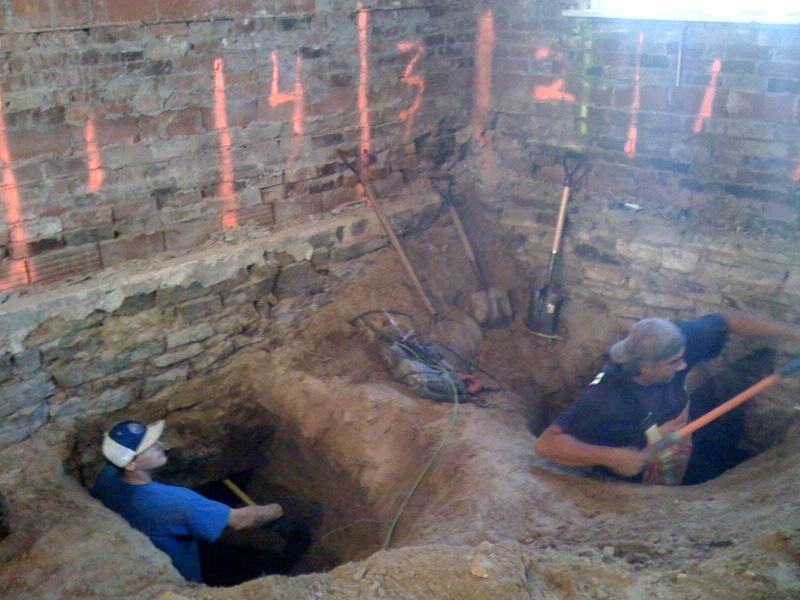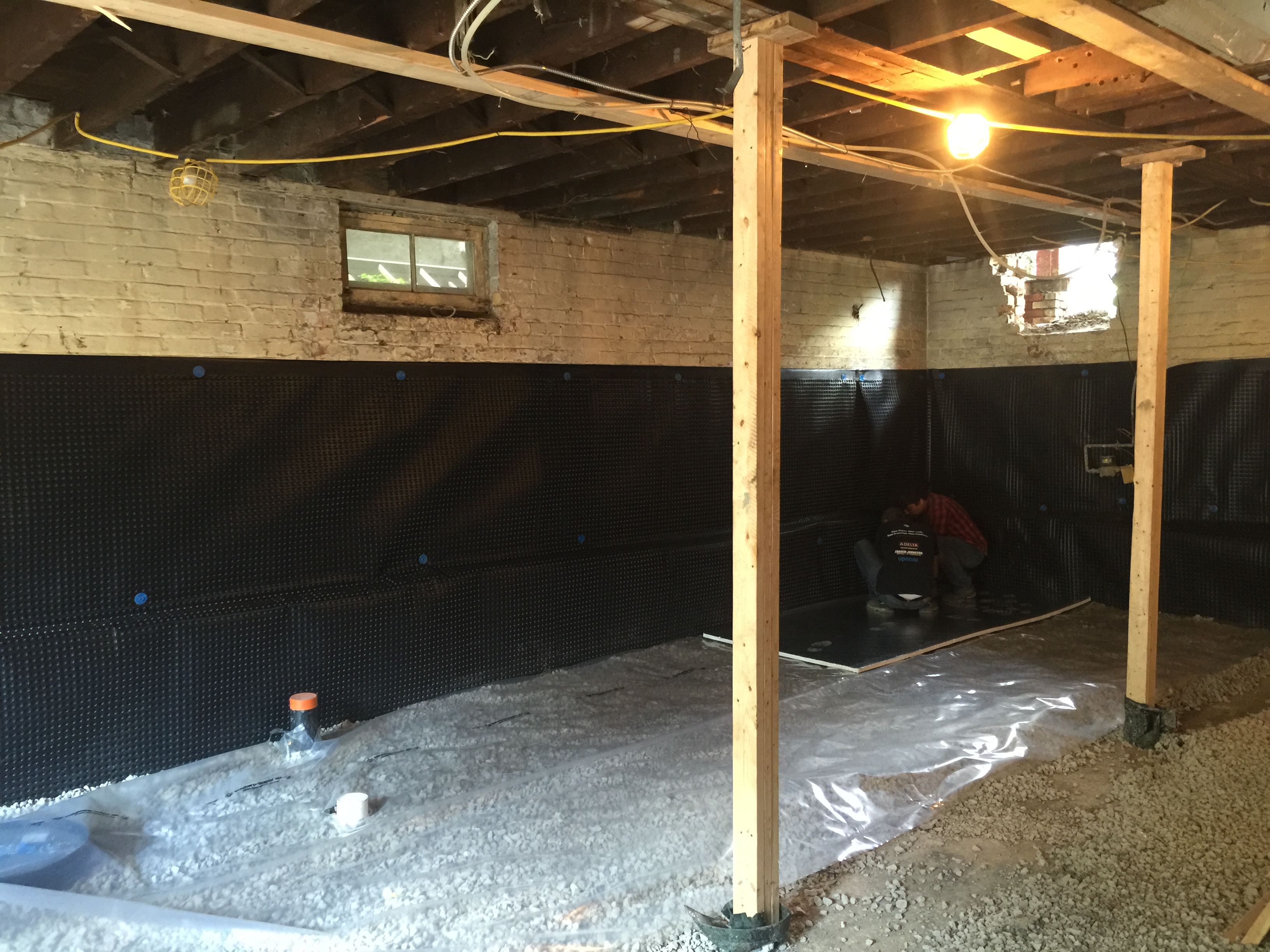In construction or renovation, underpinning is the process of strengthening the foundation of an existing building or other structure. Underpinning may be necessary for a variety of reasons:
The original foundation is not strong or stable enough.
The usage of the structure has changed.
The properties of the soil supporting the foundation may have changed (possibly through subsidence) or were mischaracterized during design.
The construction of nearby structures necessitates the excavation of soil supporting existing foundations.
To increase the depth or load capacity of existing foundations to support the addition of another storey to the building (above or below grade).
It is more economical, due to land price or otherwise, to work on the present structure's foundation than to build a new one.
Earthquake, flood, drought or other natural causes have caused the structure to move, requiring stabilisation of foundation soils and/or footings.
Underpinning may be accomplished by extending the foundation in depth or breadth so it either rests on a more supportive soil stratum or distributes its load across a greater area. Use of micropiles[1] and jet grouting are common methods in underpinning. An alternative to underpinning is the strengthening of the soil by the introduction of a grout, including expanding urethane-based engineered structural resins.



